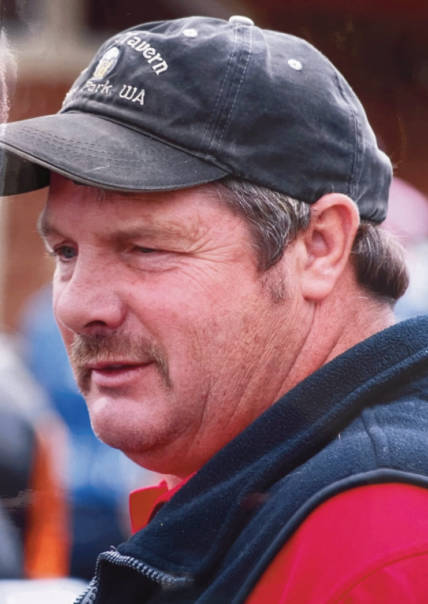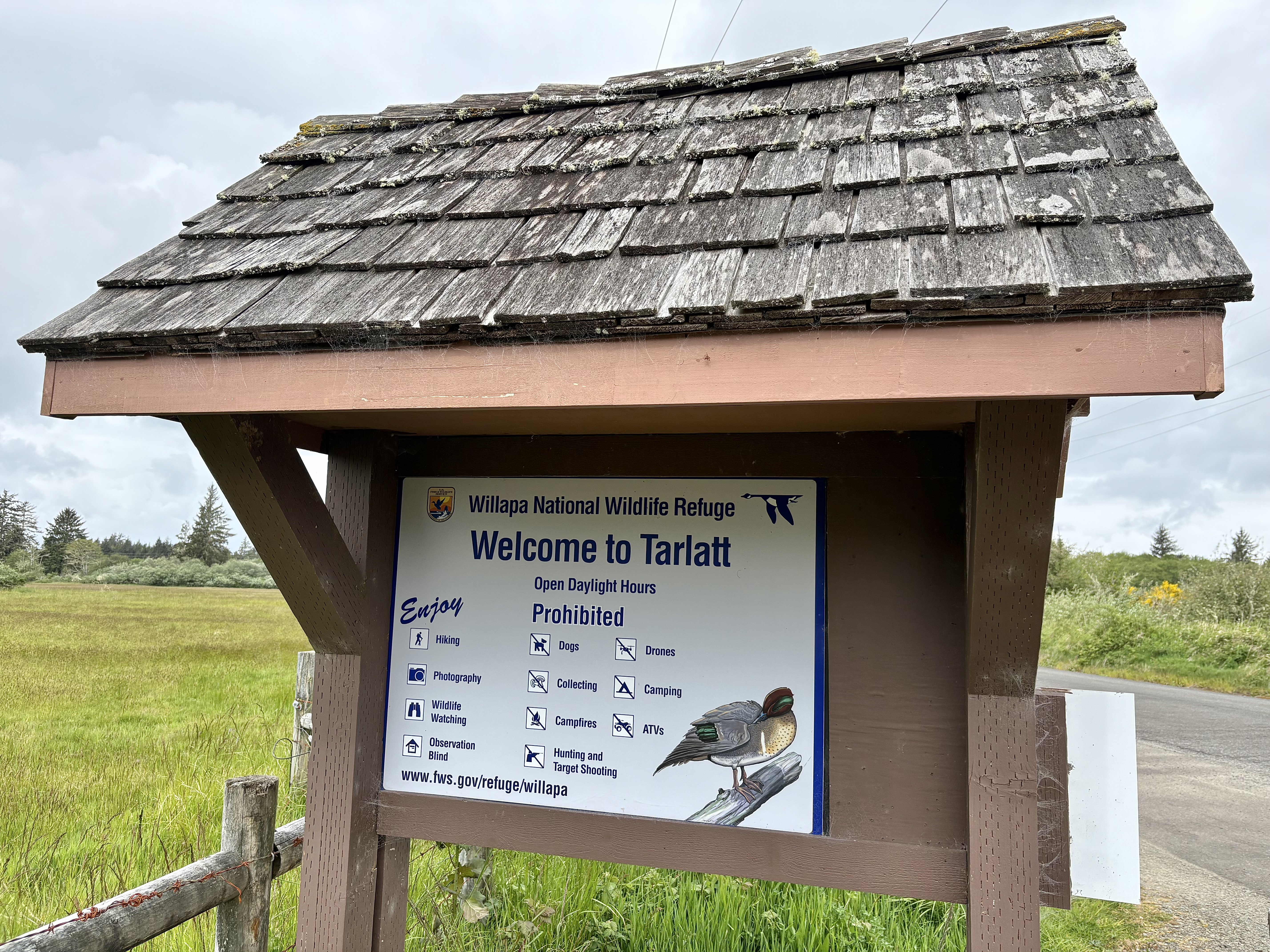Column: Wind turbines, ocean fisheries can co-exist
Published 1:59 pm Monday, October 24, 2022

- These are wind turbines and an electrical substation of Alpha Ventus Offshore Wind Farm in the North Sea. Offshore power generation is being considered in Washington.
Hurricane Ian causes $70 billion damage.
Trending
Russia’s war in Ukraine forces Europeans to choose between heat and food.
Greenhouse gas emissions rise after pandemic-induced drop.
These stories have a common denominator: They are driven by climate change and our failure to curb use of fossil fuels.
Trending
So it would seem like welcome news that the Biden administration wants to develop floating wind energy platforms off the West Coast. If fully developed as envisioned, the projects could generate enough carbon-free power to supply millions of homes, create thousands of jobs and give a giant boost to the domestic wind energy industry.
But objections, made largely by coastal fishing interests, ports and two prominent lawmakers, prove there is no easy, angst-free path to clean energy. To the skeptics, offshore winds could threaten livelihoods and a way of life in the coastal Pacific Northwest if not developed carefully.
BOEM auctions begin
The U.S. Bureau of Ocean Energy Management (BOEM) recently began auctioning off leases on 373,268 acres off California for potential wind energy development. BOEM — part of the Department of Interior — also is considering lease sales on nearly 1.2 million acres off Brookings and Coos Bay. Those areas won’t be offered until late 2023 or early 2024 pending completion of environmental analysis, according to BOEM regional spokesman John Romero.
The turbines would be located at least 13 miles offshore so they would not be visible from shore and avoid some fisheries. Heavy chains would tether the floating wind turbines to the sea bed. The apex of their spinning turbine blades would rise 500 or 600 feet out of the water, like giant pinwheels sprouting from the sea.
Offshore wind energy is in its infancy in the United States, but it is accelerating the Europe and China. Its advantages over land-based wind farms is that ocean wind is more regular and stronger, making the turbines more efficient and reliable. Yet it is costly to build and maintain.
The only commercial offshore wind farm in the U.S. is off Rhode Island, where turbines are built on platforms erected on the sea floor. The only floating offshore wind farm in the world is Equinor’s five-turbine project in the North Sea off Scotland. It began operating in 2017.
Moving too fast?
While not ruling out the need for clean energy, critics and skeptics assert that BOEM is moving too fast. The giant chains of wind turbines could disrupt or prohibit fishing, particularly trawling and long-lining. Coastal fishing already is highly regulated to conserve the resource and avoid conflicts between whales and by-catch of other species.
“The ocean is not just one big grassy field that you can just move over in. It is an obstacle course,” said Heather Mann, director of Midwater Trawlers Cooperative, which represents 31 trawl catcher vessels, most of them home- ported in Oregon.
“It does not make sense to risk an environmental catastrophe and create a food security problem to solve the climate crisis,” she said.
BOEM has commissioned a wide range of studies about natural resources in the affected area, but by its own admission it does not have thorough data about fishing and the potential economic impacts of wind turbines on the industry.
The skeptics raise concerns about the impacts of wind farms on whales and the critical California current. Would electromagnetic radiation from power lines disrupt marine life? They say BOEM is moving forward without adequate fishing data or consultation with the fishing community. They suggest moving wind farms to water deeper than 4,300 feet — which wind energy advocates says is not feasible. And they call for a BOEM to slow the process and do a broad “programmatic” environmental impact study of wind energy development for the entire West Coast.
Lawmakers raise concerns
U.S. Sen. Ron Wyden and U.S. Rep. Peter DeFazio, both Oregon Democrats, have raised these concerns with BOEM. And a letter to BOEM from the Pacific Fisheries Management Council — the agency that regulates ocean fishing — raises a long list of concerns about the wind proposal.
The PFMC particularly notes concerns that turbines may alter or weaken wind patterns and disrupt the ecologically rich California Current and Heceta Bank areas. It also notes the potential loss to the larger fishing community in towns like Newport, where most people derive income from the ocean.
“BOEM needs to explore these deeper socioeconomic relationships in coastal ports beyond the revenues paid directly to fishermen,” the agency said, noting that loss of fishing opportunity also would affect processors, buyers, fuel docks, equipment suppliers and boat yards.
BOEM has commissioned a wide range of studies about natural resources in the affected area, but by its own admission it does not have thorough data about fishing and the potential economic impacts of wind turbines on the industry. It already has excluded some areas to avoid whales, some fisheries and endangered sea birds, such as the short-tailed albatross and marbled murrelet. (The concern for birds stems from collisions with wind turbine blades.)
Romero, the BOEM regional spokesman, said the agency is working with the National Marine Fisheries Service to study the marine ecosystems and determine which parts of the Brookings and Coos Bay offshore areas are “best suited” for wind turbines. Those decisions will be subject to further public comment, and anyone who leases the area would need to conduct further study and analysis, Romero said.
“Granting an offshore wind lease … gives a company the right to gather detailed information on their lease (area) so they can develop a construction and operation plan,” Romero said. “There will not be any steel in the water until BOEM approves a construction and operations plan” based on an environmental impact statement for the site.
But at that point, the critics retort, BOEM will be far too far along in the process to withdraw a lease.
What to make of it
It’s hard to know what to make of all this. The ocean is a big place, and its seems unlikely that placing a few hundred wind turbines out of sight would be calamitous for the fishing industry. But fishing competition and pressure is already intense on the continental shelf. And humans have learned time and time again that messing with nature often backfires, especially when there are data gaps. And there are massive ones about these wind energy proposals, some of which would be off the Washington coast.
There is pressure to move quickly and boldly: Massive climate impacts already are upon us. And Oregon now mandates that the state’s largest electric utilities eliminate greenhouse gas emissions by 2040. Warmer weather will add to that challenge, because it likely will continue reducing Northwest hydropower generation.
The potential to bring a new industry and high-paying jobs to rural areas should not be sneered at. Overly restricting the acreage for offshore wind would discourage the industry from locating off the coast.
Still, it would be tragic to damage one industry to create a new one. Fishing is what makes the coast what it is: scenic, clean, a bedrock of wholesome values.
BOEM clearly must do a better job working with the fishing community and being completely transparent. Fishing communities must be open to new possibilities. Both industries can coexist, but it will take honesty, cooperation and a lot of study to make it happen.









